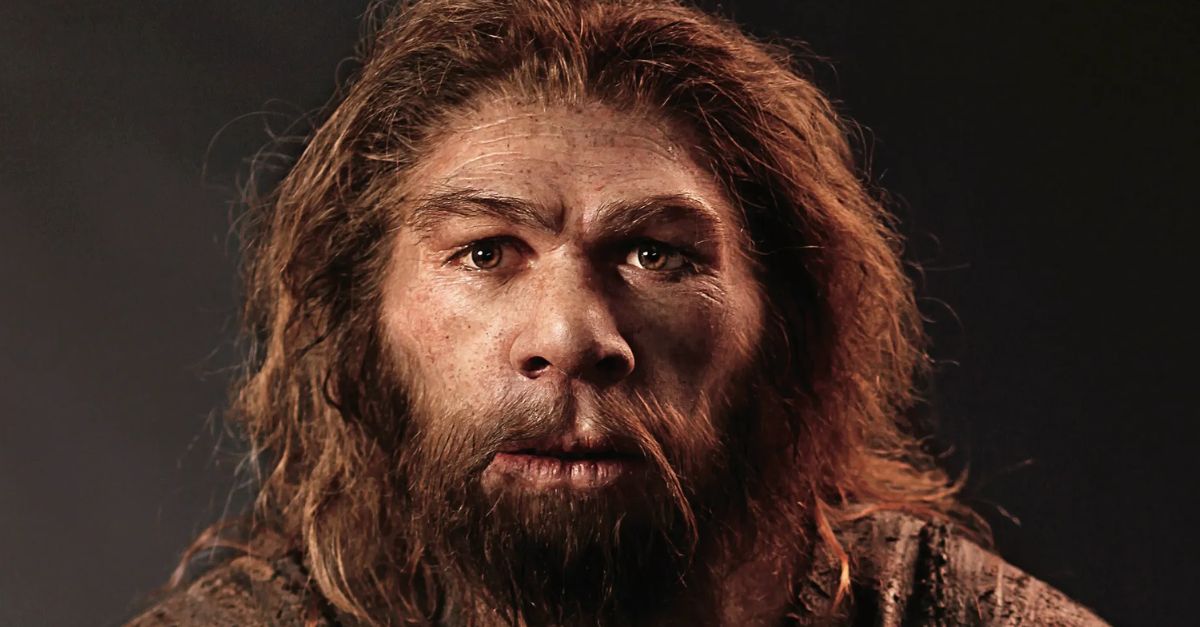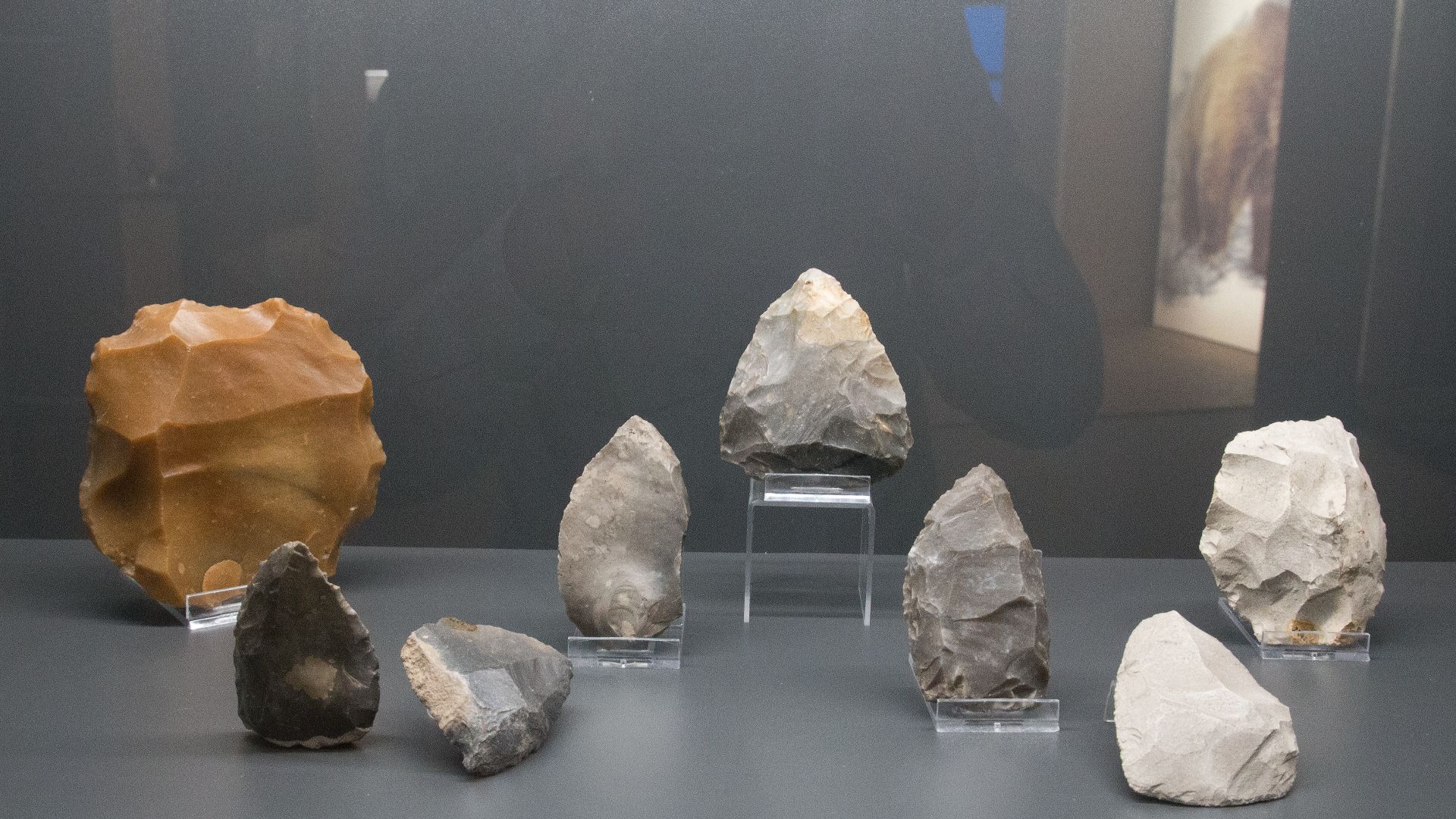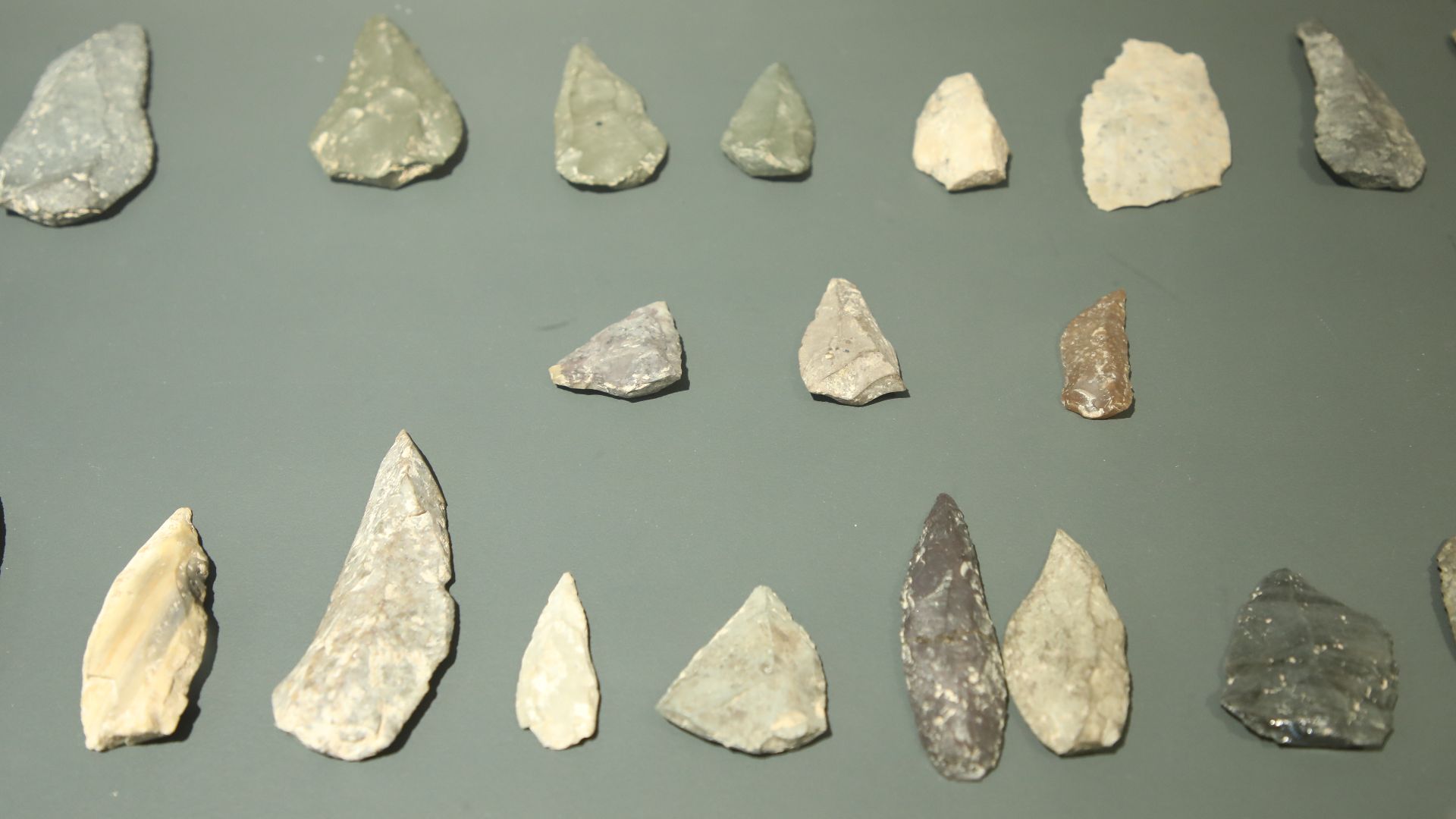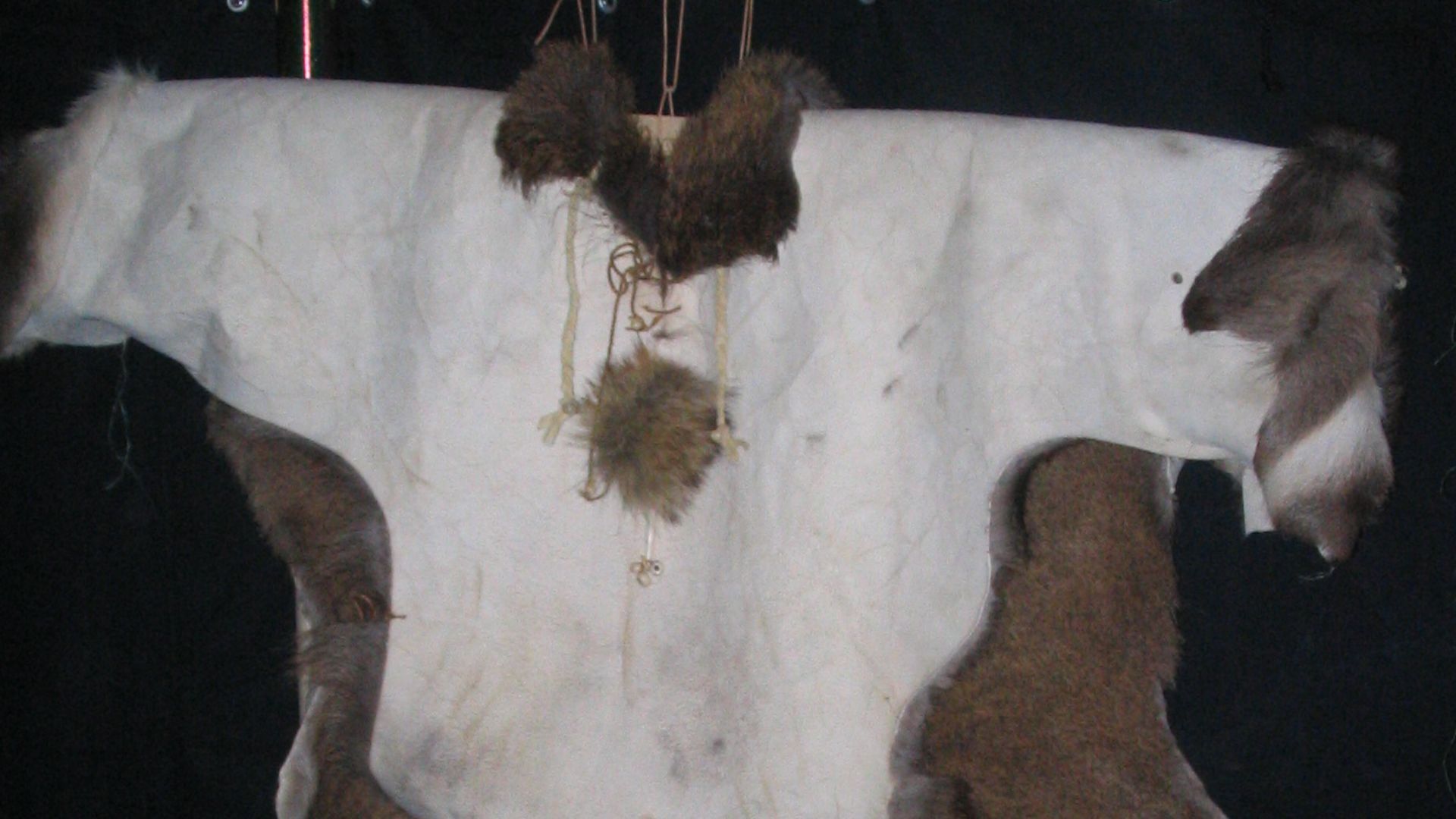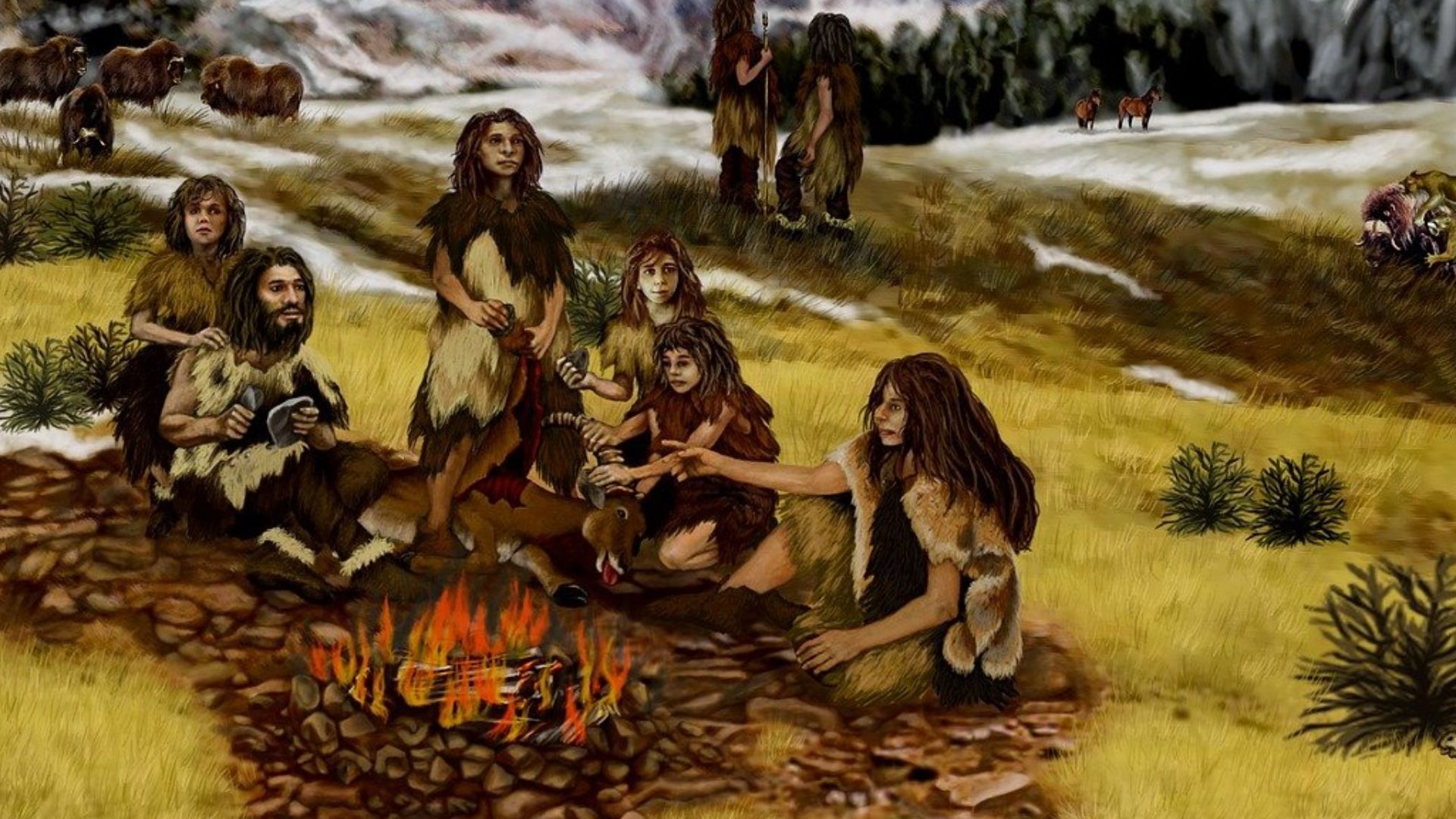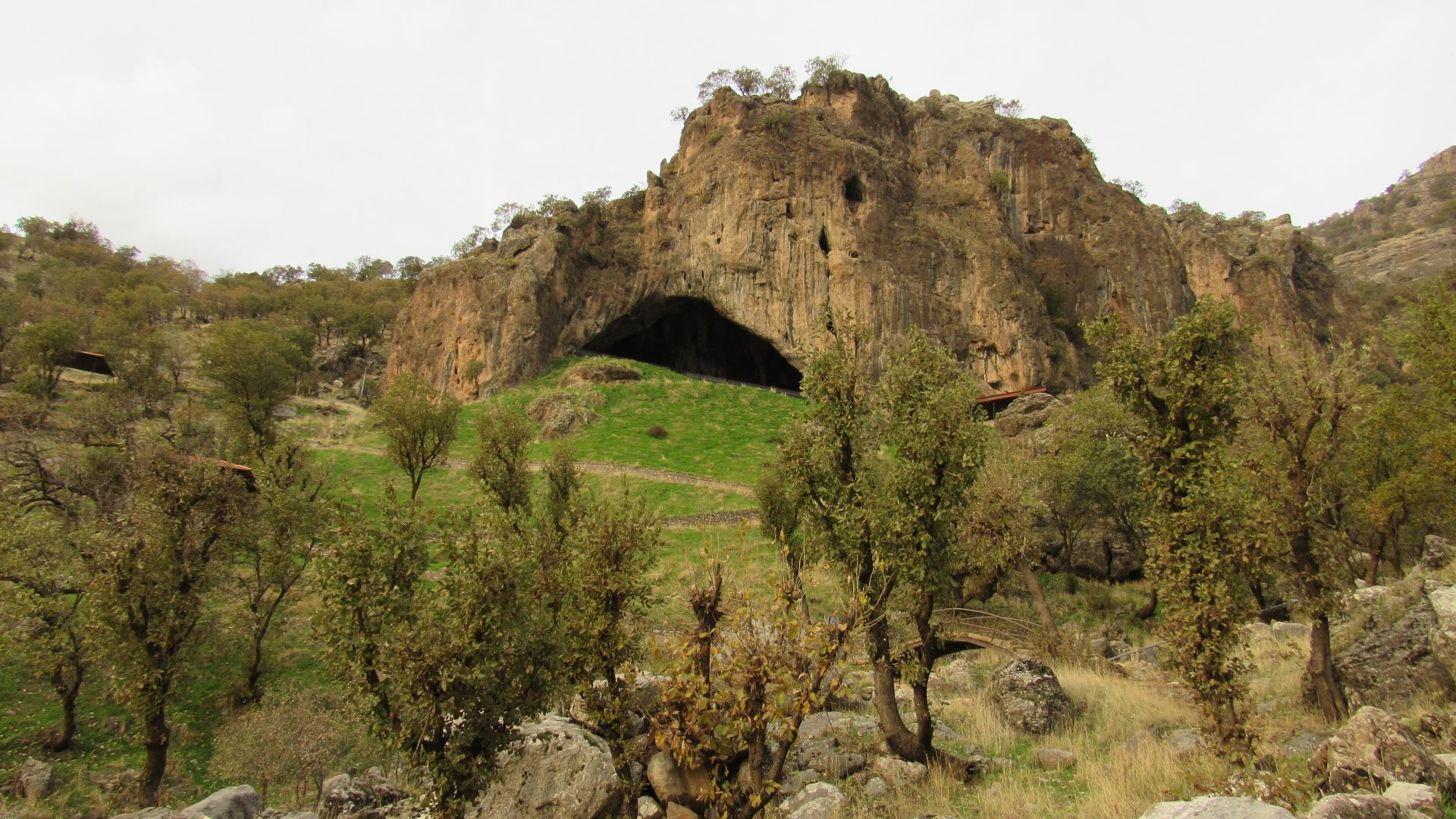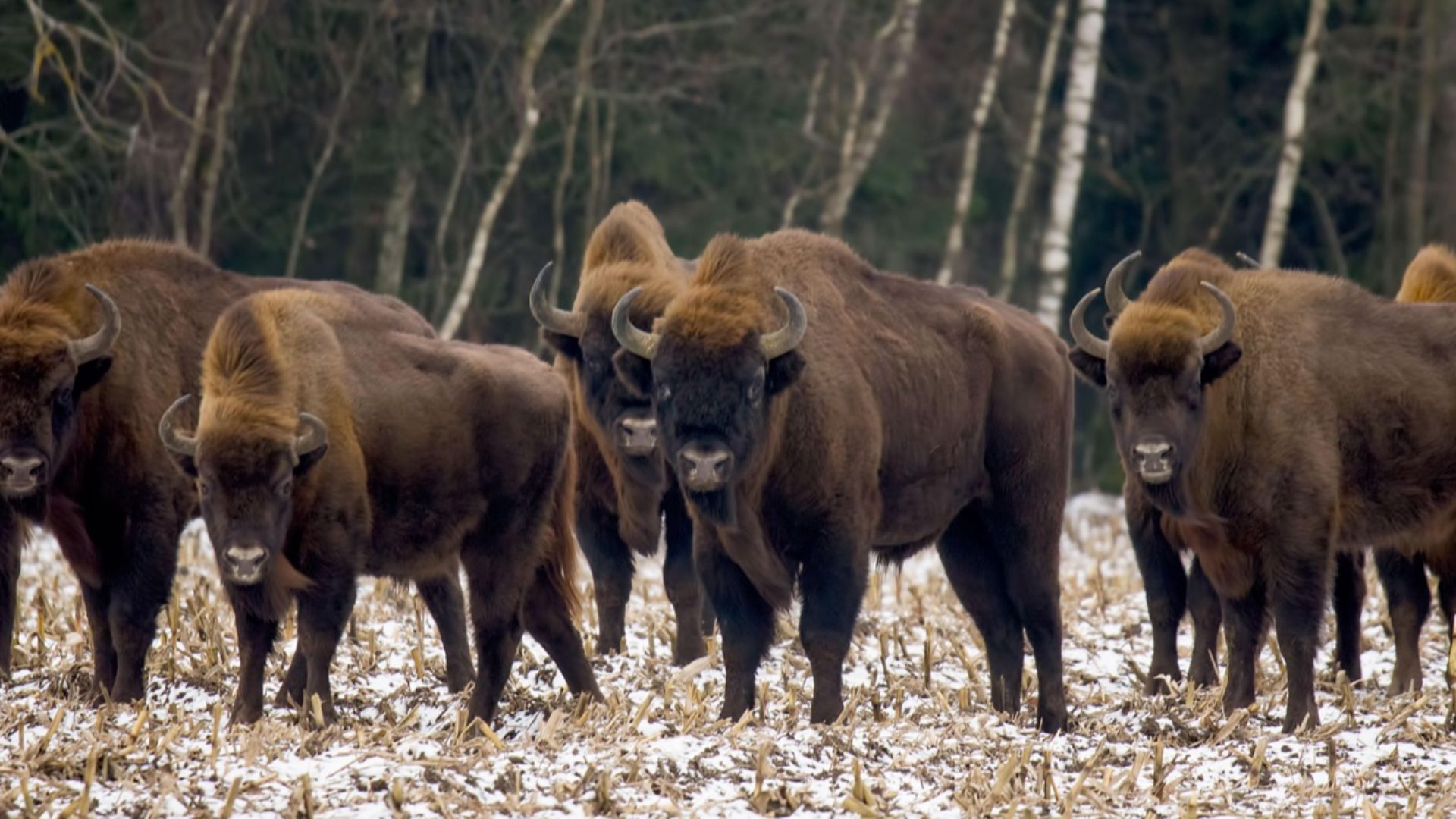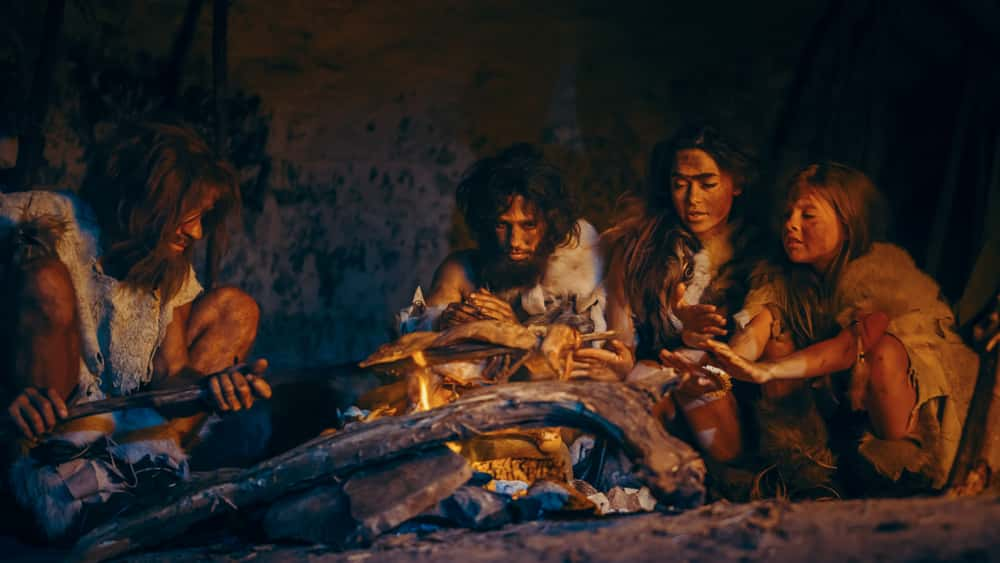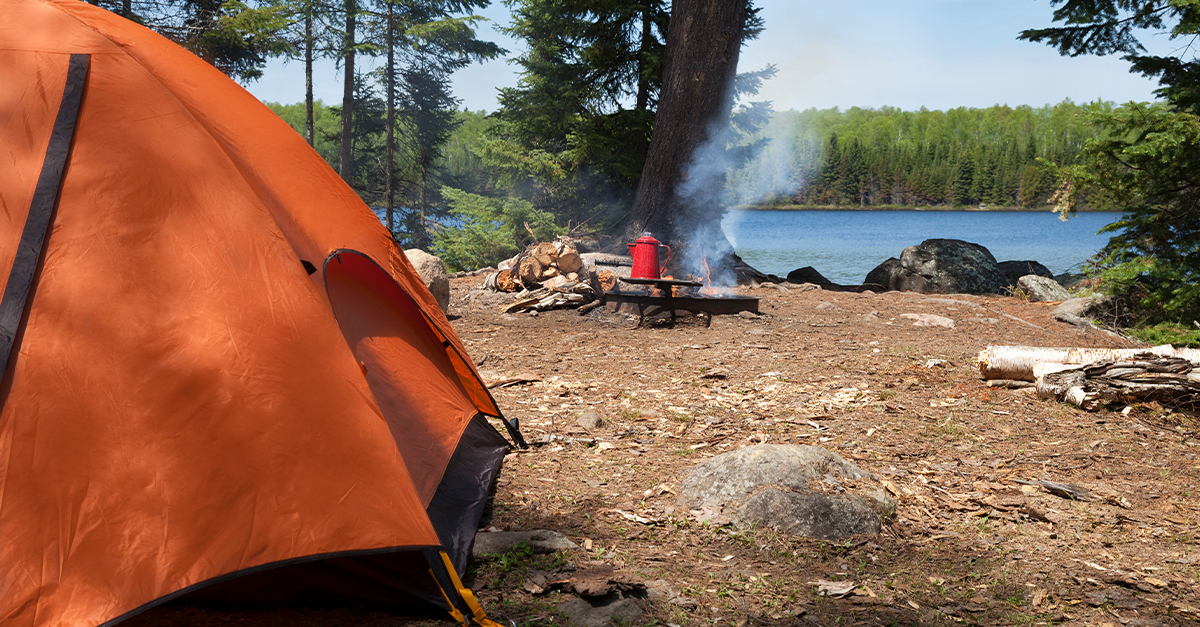Ice Age Masters
Life demanded attention to every detail—tracking, hunting, crafting, and planning. These folks adapted naturally, relying on instincts honed over generations. Their existence wasn’t simple, yet they found ways to make strategy their ally.
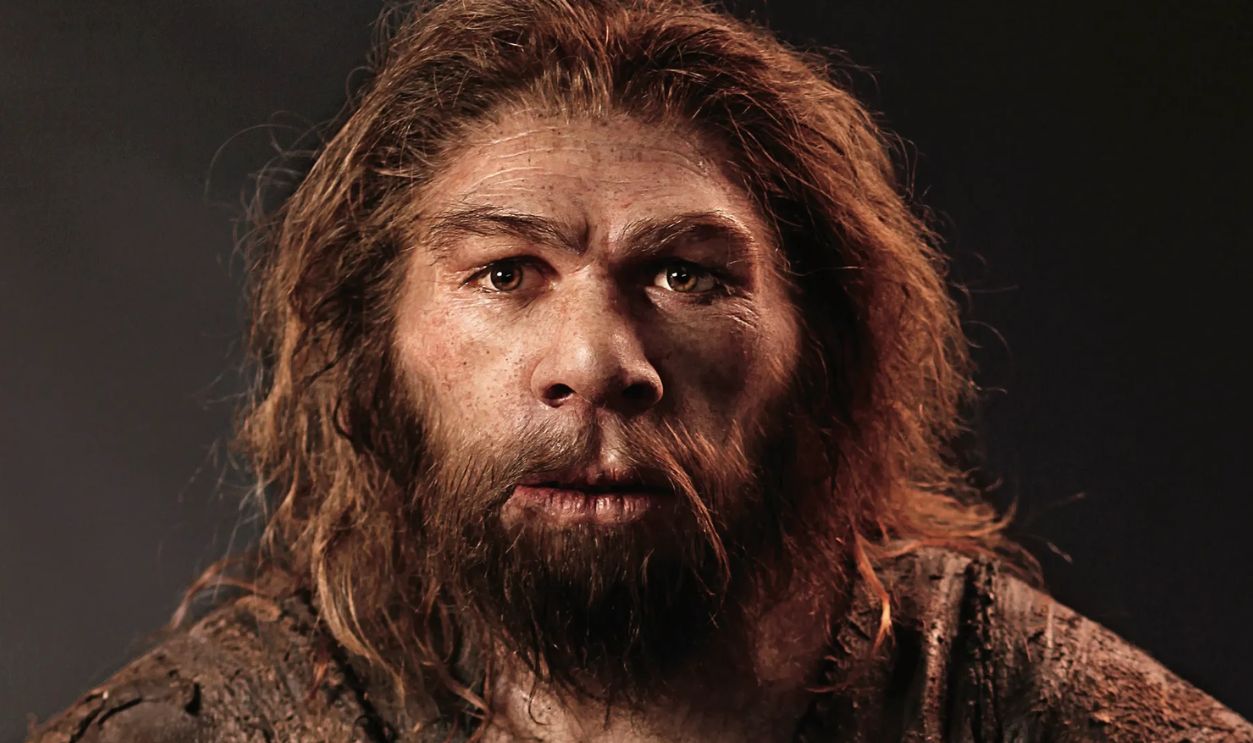
Anatomical Evolution
Imagine a species that evolved not just to survive, but to thrive in the harshest conditions. Neanderthals, emerging around 400,000 years ago, were built for strength and endurance. Shorter limbs and a barrel-shaped chest characterized their sturdy physiques.
Genetic Adaptations
A variant of the AMPD1 gene, which is associated with muscle performance, was present in Neanderthal DNA. This gene encodes an enzyme important for energy production in skeletal muscles. Apparently, the Neanderthal version of AMPD1 has lower enzymatic activity in lab tests compared to the modern human version.
AMPD1 Gene
When this variant was introduced into genetically engineered mice, enzyme activity in muscle tissue dropped significantly. The specific AMPD1 variant was passed down to modern humans through interbreeding with Neanderthals around 50,000 years ago and is still found in 2% to 8% of Europeans today.
 AndrewGNF at en.wikipedia, Wikimedia Commons
AndrewGNF at en.wikipedia, Wikimedia Commons
Muscle Density
Apart from size, strength is about muscle density. Neanderthals possessed denser bones and more powerful muscles in their arms and shoulders. This anatomical structure enabled them to perform feats of strength without specialized training. Their physical prowess was proof of their adaptation to the challenges of their environment.
 Wolfgang Sauber, Wikimedia Commons
Wolfgang Sauber, Wikimedia Commons
Cold Adaptation
Neanderthals' stocky bodies with shorter limbs minimized heat loss. Additionally, they had a larger chest and possibly a stronger respiratory system to meet the high oxygen demands of intense physical activities. Their muscle composition included a high proportion of fast-twitch fibers.
 Neanderthal-Museum, Mettmann, Wikimedia Commons
Neanderthal-Museum, Mettmann, Wikimedia Commons
Brain Structure
The human brain is a marvel of evolution, and Neanderthals possessed their own unique version. Their brains were large, with an expanded occipital region, indicating advanced visual processing and spatial awareness. Slightly larger brain volumes, averaging around 1,460 cubic centimetres, were found in females.
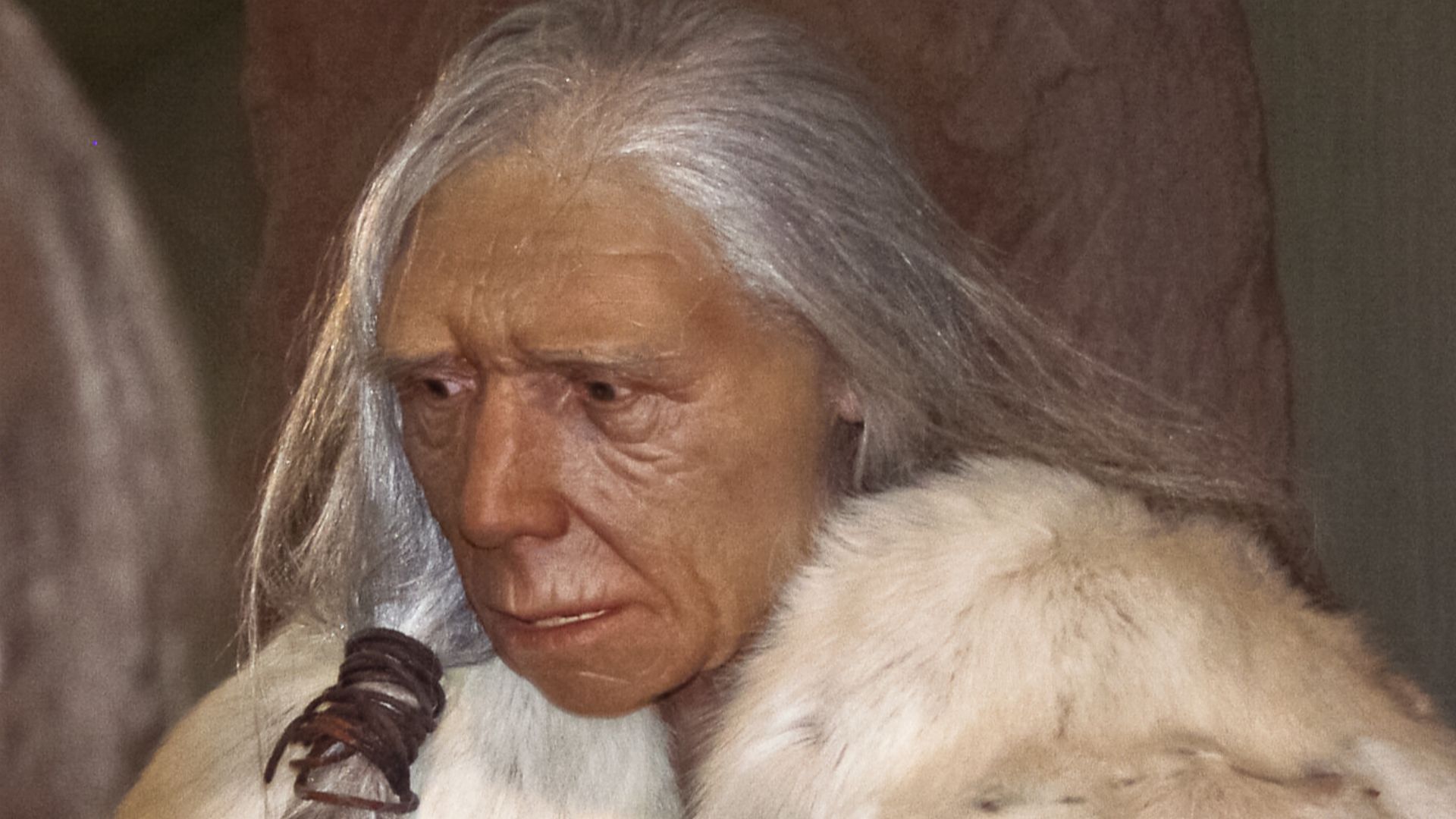 Fährtenleser, Wikimedia Commons
Fährtenleser, Wikimedia Commons
Brain Structure (Cont.)
Besides, males had a brain size of 1,640 cubic centimeters, sometimes reaching over 1,700 in exceptional cases. The regions associated with body control and somatic maintenance were more developed. In contrast, some areas linked to higher social cognition were believed to be relatively smaller.
 Trougnouf (Benoit Brummer), Wikimedia Commons
Trougnouf (Benoit Brummer), Wikimedia Commons
Mousterian Tools
Crafting tools is a hallmark of human ingenuity, and these species excelled in this domain. They developed the Mousterian tool industry, characterized by the Levallois technique—a method of preparing stone cores to produce uniform flakes. Such a sophisticated approach to tool-making reflects advanced cognitive abilities.
Mousterian Tools (Cont.)
Mousterian tools were multifunctional, crafted for a range of tasks, including hunting, butchering, hide processing, woodworking, and others. Some tools were hafted using adhesives like tar or bitumen to attach stone points to wooden shafts. Variants of these items existed regionally.
Fire Mastery
Fire was a tool for survival. Neanderthals mastered the use of fire, employing it for cooking, warmth, and protection. Evidence suggests they made birch bark pitch using fire tens of thousands of years before humans at Pinnacle Point in South Africa used it to fashion tools.
Clothing & Shelter
Adapting to cold climates also necessitated external solutions. They crafted clothing from animal hides and constructed shelters, providing protection against the elements. While direct evidence like needles is lacking, indirect evidence suggests they dressed themselves head to toe in leather and furs.
Medicinal Knowledge
Neanderthals demonstrated a knowledge of medicinal plants, utilizing them to treat various ailments. For instance, a Spanish Neanderthal was observed using poplar bark, which contains compounds similar to those found in aspirin, to alleviate pain. Traces of natural antibiotic mold (Penicillium) were also found.
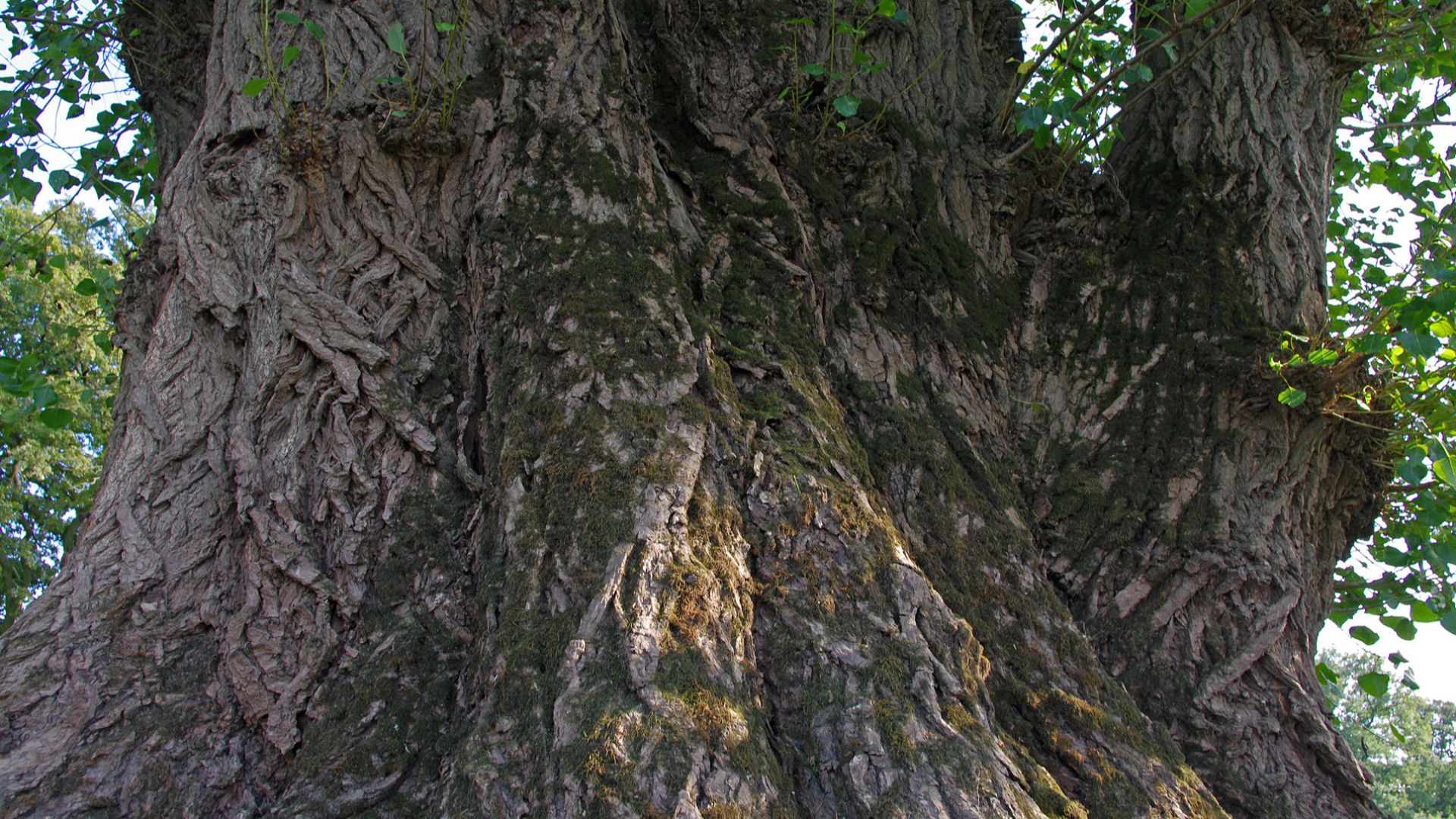 Christian Fischer, Wikimedia Commons
Christian Fischer, Wikimedia Commons
Artistic Expression
Art is often seen as a uniquely human trait, but Neanderthals challenge this notion. They engaged in symbolic behavior, making art and ornaments. A notable example is a 43,000-year-old red ocher fingerprint found on a face-shaped rock in Spain, possibly representing the earliest known example of European portable art.
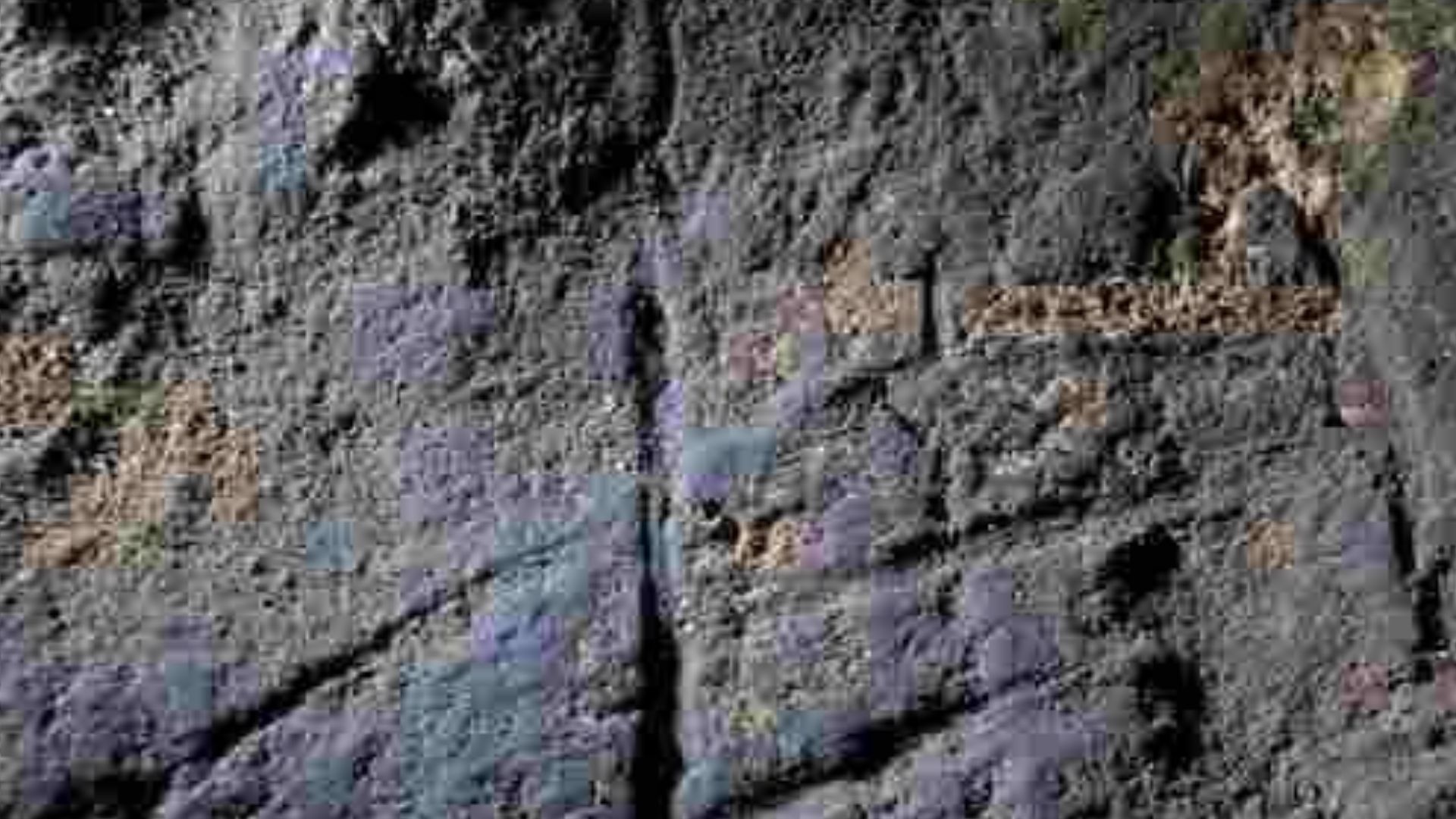 AquilaGib (Stewart Finlayson, Gibraltar Museum), Wikimedia Commons
AquilaGib (Stewart Finlayson, Gibraltar Museum), Wikimedia Commons
Language Capacity
Imagine trying to coordinate a hunt without being able to communicate effectively. Neanderthals possessed the FOXP2 gene, which is associated with speech and language. This indicated their capacity for complex communication. Such a genetic trait also suggests they could convey intricate ideas and emotions.
 Charles Robert Knight, Wikimedia Commons
Charles Robert Knight, Wikimedia Commons
Social Organization
These folks thrived in tight-knit communities. According to Genetic studies, they lived in small groups of 10 to 30 individuals, often forming extended family units. These groups often created extended family units, with close familial relationships confirmed through DNA evidence such as father-daughter pairs.
Social Migration
Additionally, female migration between communities took place while males tended to remain within their groups. This highlighted a social structure where females moved to join new mates' communities. Overall, these small group sizes likely helped maintain social bonds and survival strategies in harsh environments.
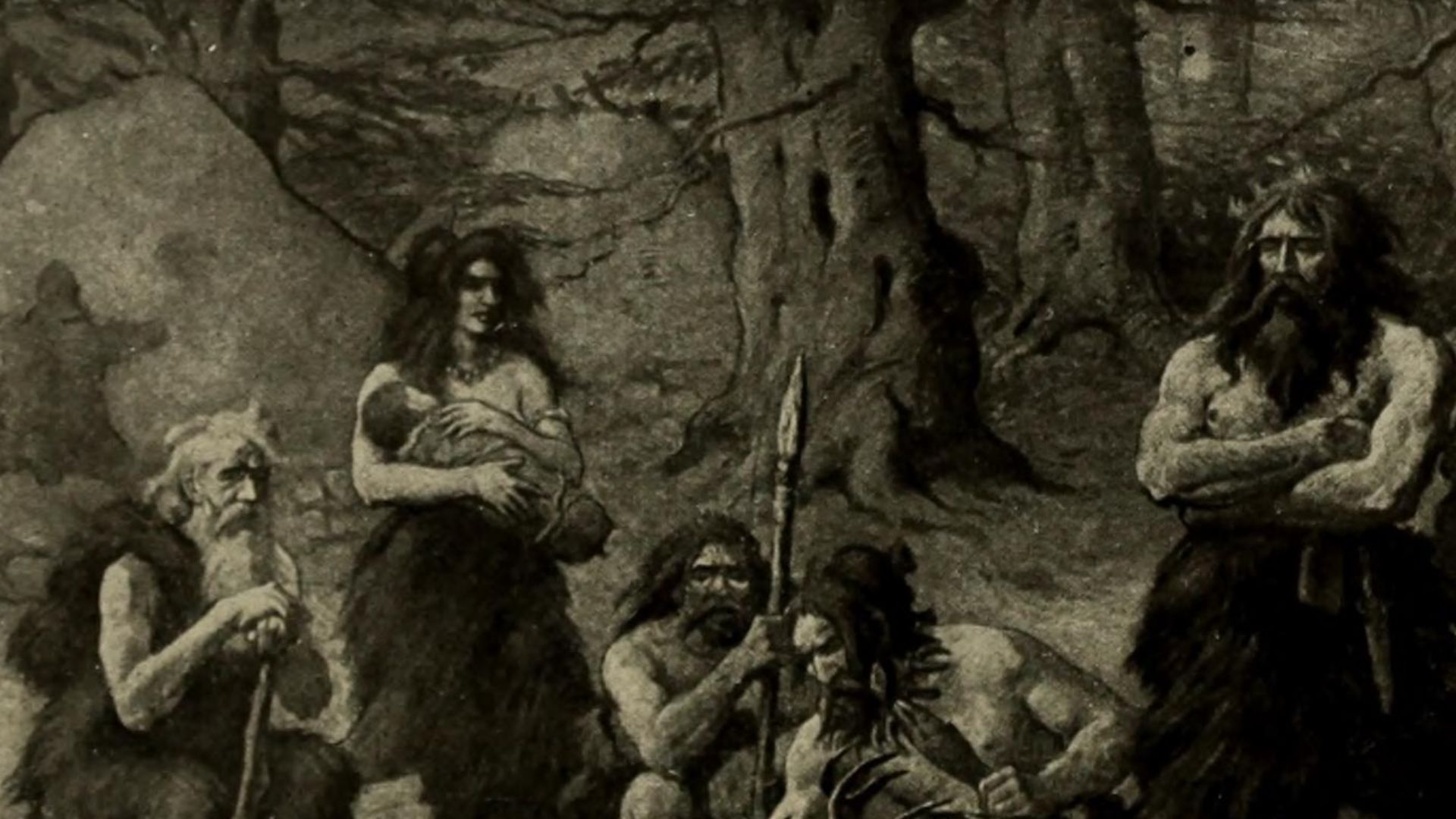 Internet Archive Book Images, Wikimedia Commons
Internet Archive Book Images, Wikimedia Commons
Caregiving Behavior
Interestingly, the remains of a Neanderthal child named Tina, who lived to around 6 or 7 years despite a congenital condition, show that Neanderthals provided care for the ill and disabled. This questions whether such complex social behaviors are unique to Homo sapiens or not.
 Wolfgang Sauber, Wikimedia Commons
Wolfgang Sauber, Wikimedia Commons
Burial Practices
Death rituals offer profound insights into a species' cognitive abilities. At Shanidar Cave, Neanderthal remains were detected with pollen from flowers, suggesting they may have intentionally placed blooms with the deceased. This practice implies a belief in an afterlife or at least a respect for the deceased.
Big Game Hunting
Hunting large prey required strategy and teamwork. These folks hunted animals like mammoths and bison, often employing coordinated group tactics. Their strong physiques and advanced tools made them formidable hunters who were capable of taking down dangerous animals with precision and efficiency.
Endurance Limitations
While they excelled in short bursts of speed and strength, they were not built for long-distance running. Their muscular structure and energy metabolism favored explosive power over endurance. This specialization made Neanderthals exceptional in ambush hunting but less suited for prolonged chases.
 This image was made by Sadko. Please credit this with:
This image was made by Sadko. Please credit this with:
Resource Management
Efficient resource use was vital for survival. Neanderthals demonstrated advanced planning by storing food and utilizing cooking techniques like roasting and smoking. Such practices not only preserved food but also enhanced its nutritional value to ensure sustenance during harsh conditions.
Extinction Theories
Why did Neanderthals disappear around 40,000 years ago? Scientists debate climate change, competition with Homo sapiens, and smaller population sizes as causes. Likely, it was a combination: fluctuating ice-age climates and human expansion pressured them into extinction despite their physical advantages.
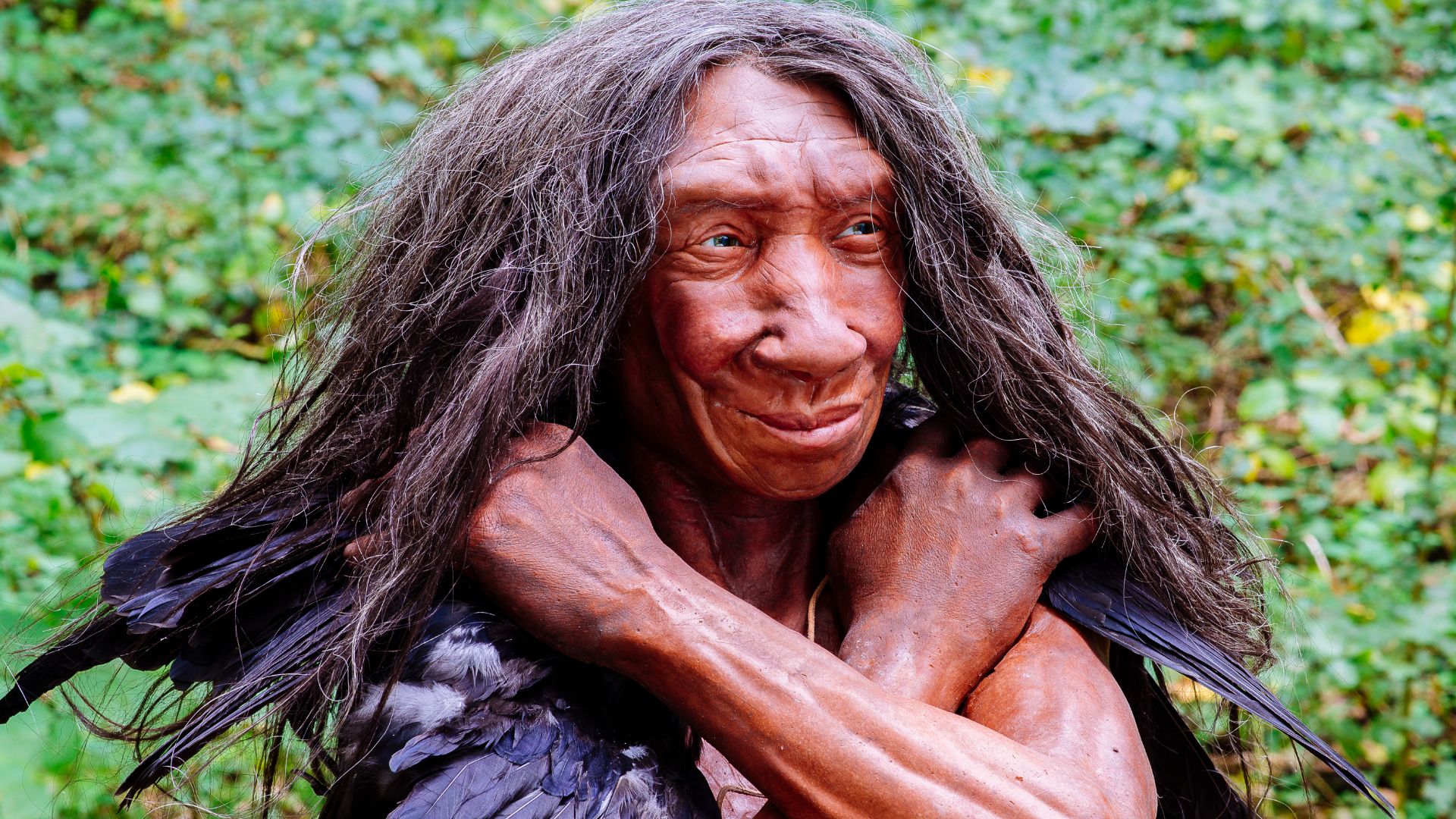 Neanderthal-Museum, Mettmann, Wikimedia Commons
Neanderthal-Museum, Mettmann, Wikimedia Commons
Interbreeding Evidence
However, they didn’t vanish without leaving a trace. Genetic studies show that when Homo sapiens migrated into Europe and Asia, they interbred with Neanderthals. As a result, most modern non-African humans carry 1–2% Neanderthal DNA, influencing traits from immune response to skin characteristics.
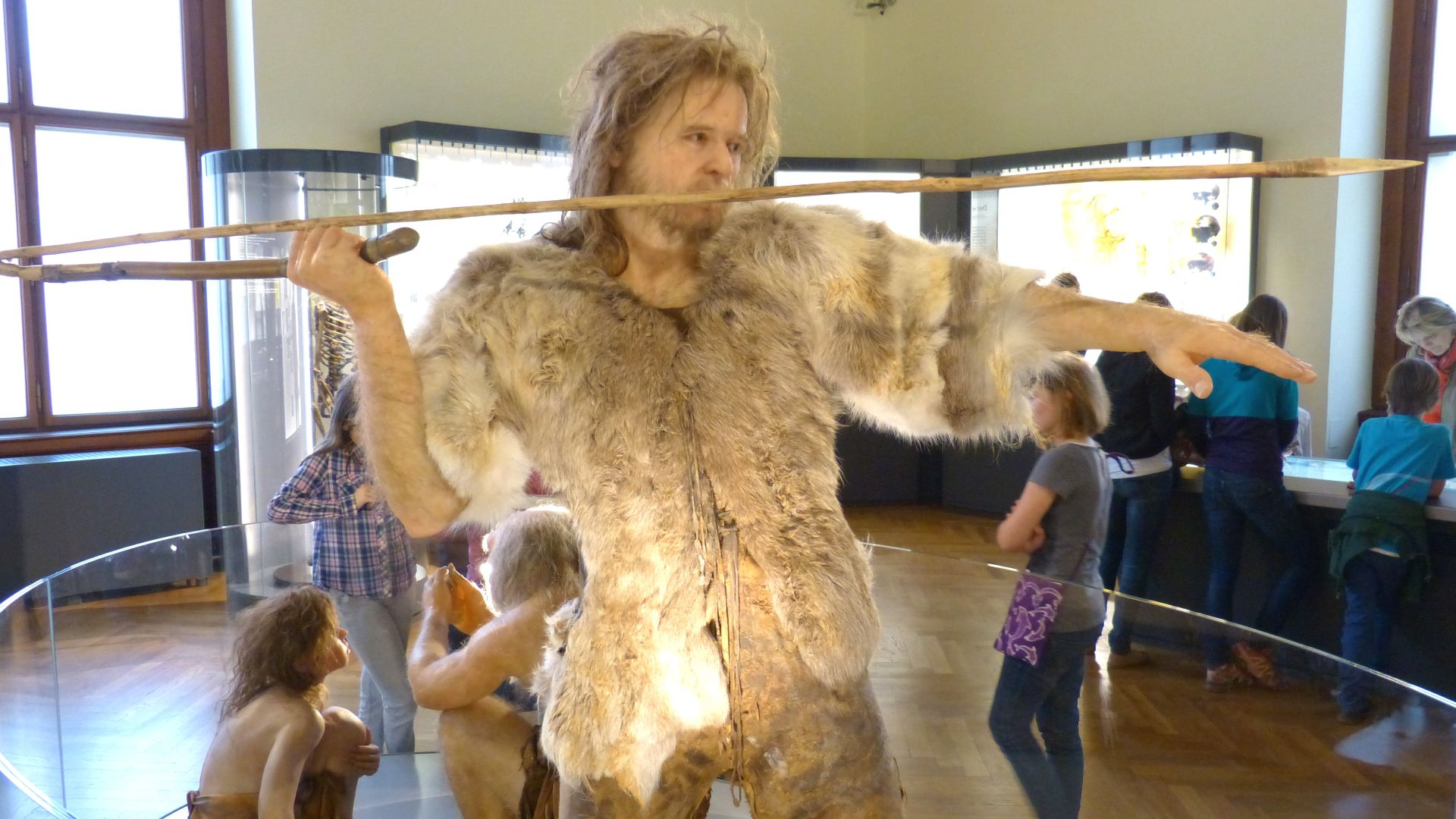 Wolfgang Sauber, Wikimedia Commons
Wolfgang Sauber, Wikimedia Commons
Genetic Legacy
Neanderthal-derived variants tend to influence skin and hair pigmentation, helping early modern humans adjust to varying levels of sunlight and UV exposure outside Africa. Some alleles also affect metabolic processes and the musculoskeletal system, reflecting adaptation to colder climates and different diets.
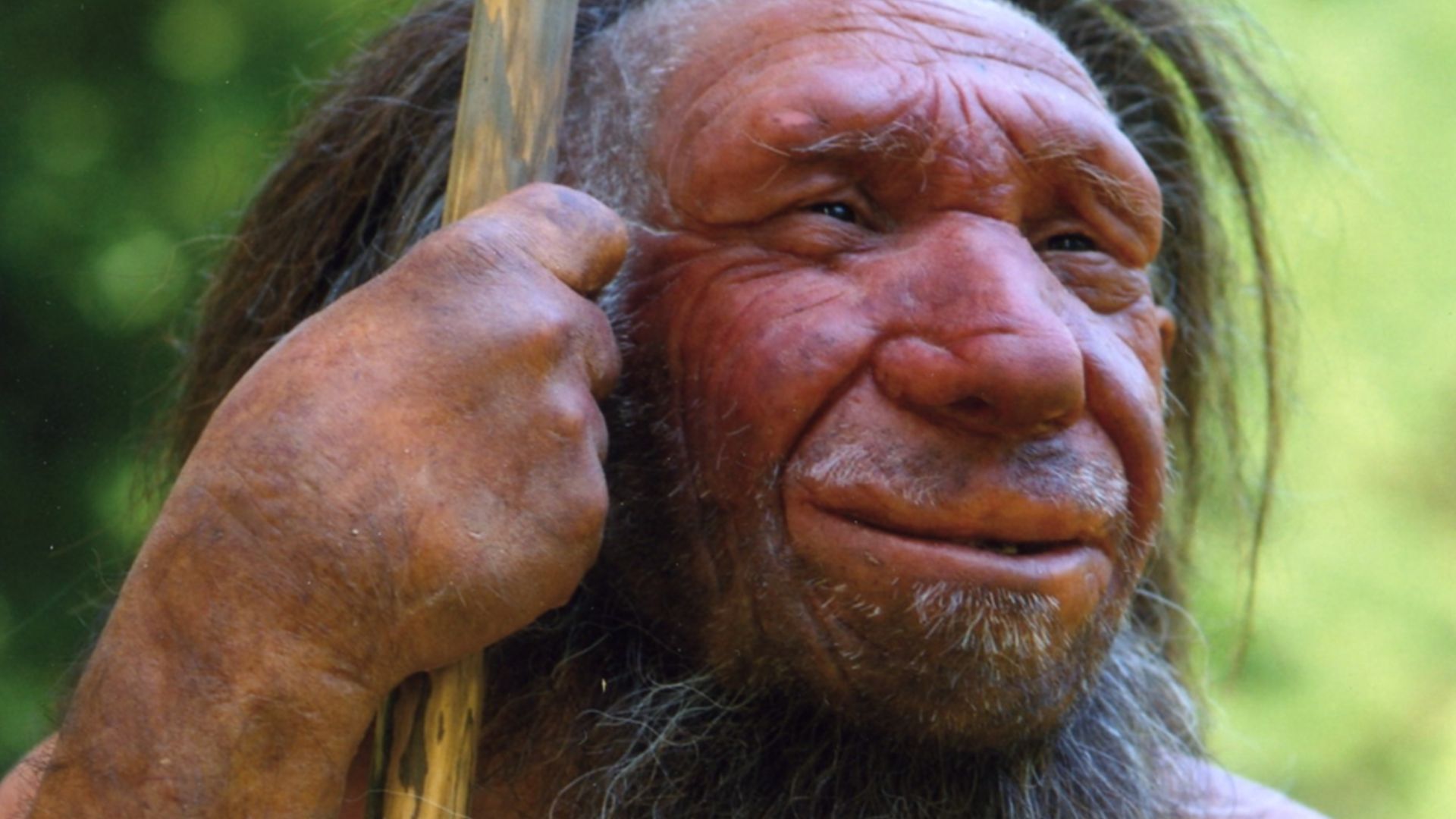 Neanderthal-Museum, Mettmann, Wikimedia Commons
Neanderthal-Museum, Mettmann, Wikimedia Commons

